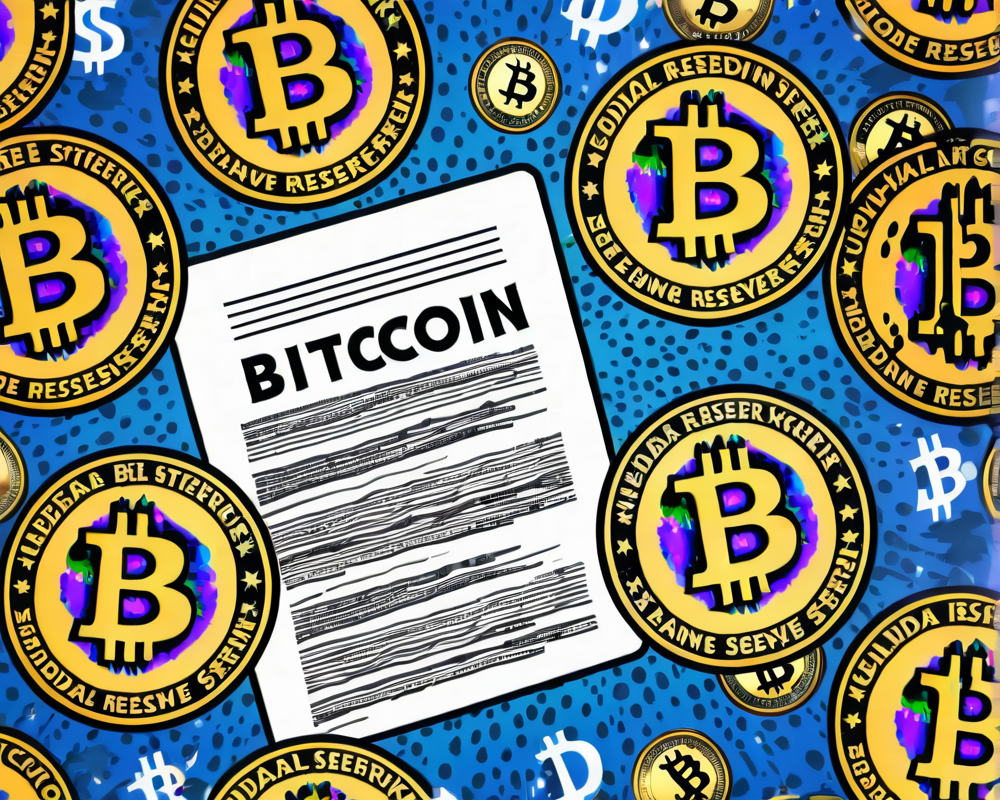Federal Reserve’s Ballooning Balance Sheet
As of March 22, the U.S. Federal Reserve’s balance sheet took a wild ride, surging by nearly $94.5 billion. This spike marks a staggering $297 billion increase since the banking crisis began last week. Overall, the Fed’s liabilities have shot up by $393 billion in just a fortnight, pushing the total close to $8.734 trillion—almost grazing its all-time peak of $8.95 trillion.
QE Speculation Fuels Bitcoin’s Ascent
Coinciding with the Fed’s data release on March 23, Bitcoin’s price surged by 5.5%, nudging towards the $29,000 mark. Speculation about the Fed’s quantitative easing (QE) efforts is partially driving this crypto rally. However, it’s worth mentioning that the Fed isn’t using these new dollar reserves to snatch up long-term Treasuries. Instead, they’ve trimmed their Treasury holdings by $3.5 billion—keeping the inflation-curbing strategy of quantitative tightening (QT) alive and kicking.
Short-term Loans and Liquidity Measures
A significant reason behind the balance sheet growth is the Fed’s issuance of short-term loans to struggling banks. On March 22, the Fed cut back on its discount window—used by banks for quick cash—by a hefty $42 billion and shifted that amount into its new Bank Term Funding Program (BTFP). On top of that, an additional $60 billion flowed into the Fed’s swaps facility, which ensures liquidity for offshore banks. Let’s just say, liquidity is the name of the game.
The Dollar’s Value and Bitcoin’s Rivalry
Despite all this excitement, tightening policies may have dire consequences for cash flow and the dollar’s value. The U.S. dollar index has escalated by 1.5% since these updates, potentially pushing Bitcoin’s price lower in the short term. In the world of finance, that’s akin to playing a high-stakes game of musical chairs—everybody’s trying to grab their seat while the music’s still playing!
Anxiety in the Banking Sector
Now, let’s talk about the banking crisis that holds its breath. Even with a $393 billion lifeline from the Fed, uncertainty looms large. U.S. Treasury Secretary Janet Yellen’s flip-flopping regarding deposit insurance isn’t helping either. One minute she’s ready to protect uninsured depositors, and the next, it’s a cold splash of reality with the idea of blanket guarantees being dismissed. If this trend continues, the Fed may find that QE becomes a necessity, akin to a protest sign at a government building: unavoidable and all too loud.
Technical Signals Hinting at Bitcoin’s Future
As for Bitcoin, its technical indicators are puzzling yet promising. Analysts suggest a potential rise to $40,000 by June, driven by an inverse head-and-shoulders breakout. If history has taught us anything, it’s that an expanding balance sheet, whether from QE or QT leftovers, often spells good news for Bitcoin. Just remember, though—this ride comes loaded with risks. Invest wisely!




